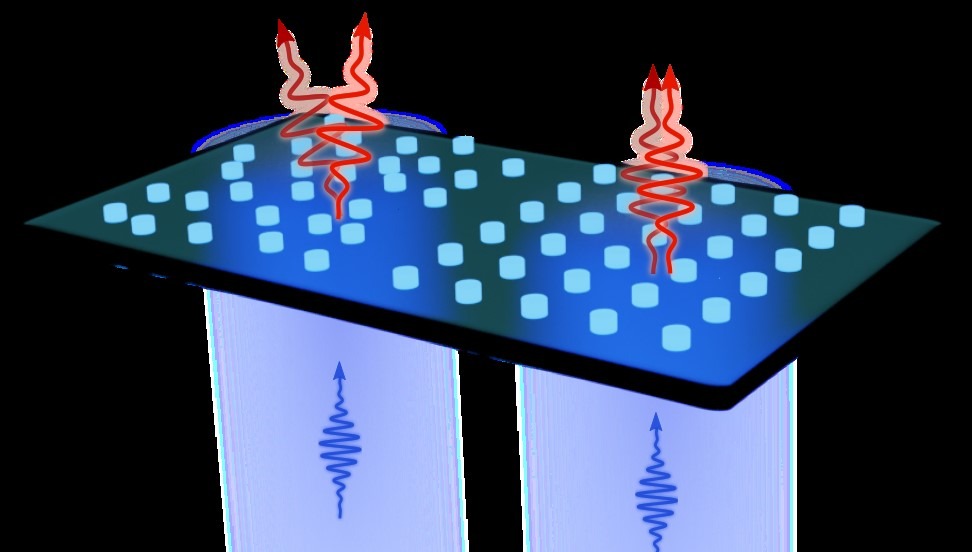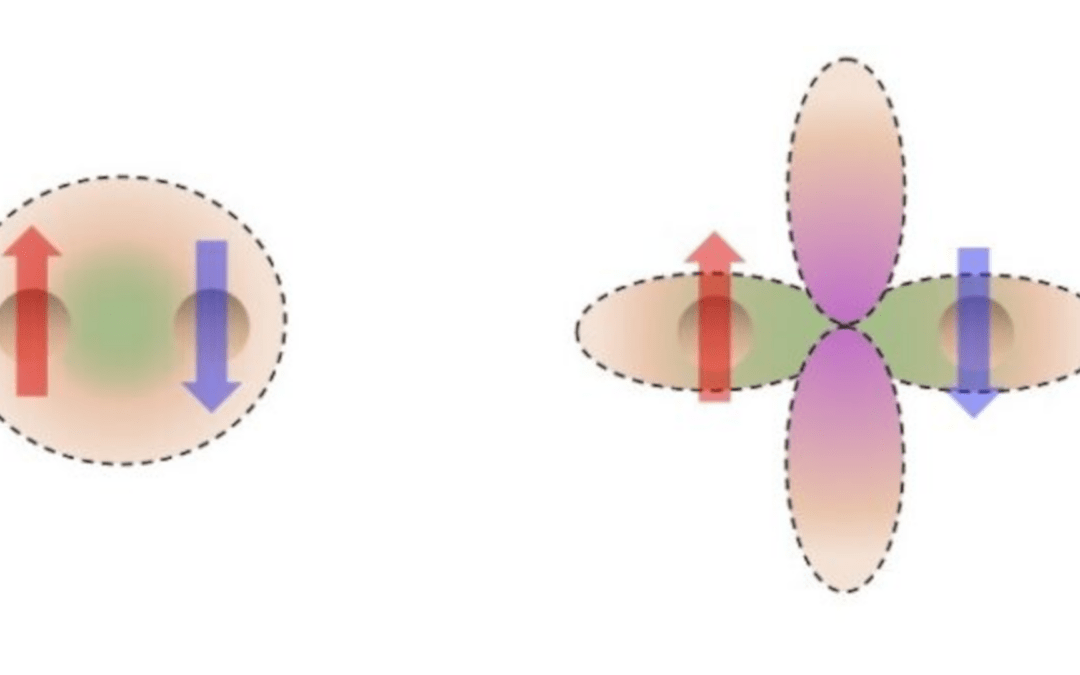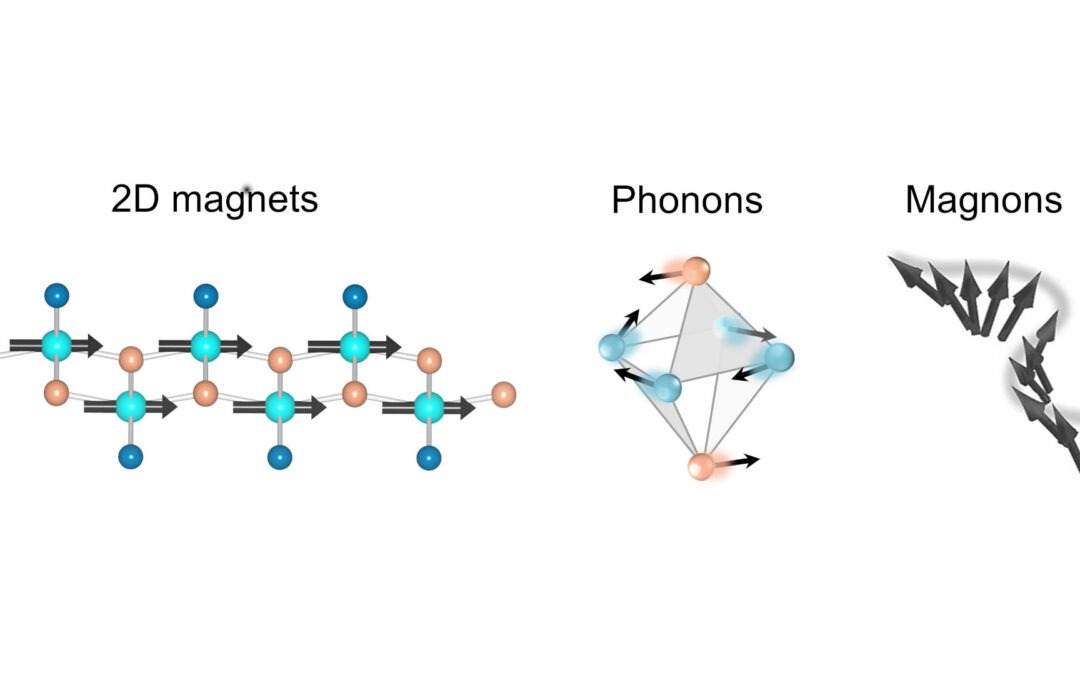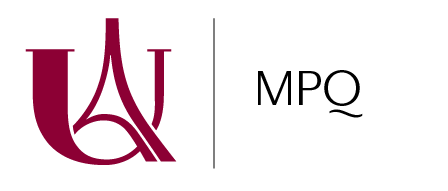
Schematic view of the generation of photon pairs (red arrows) from the collective SPDC response of periodically and randomly-distributed nanoresonators of two metasurfaces
Laboratoire: MPQ (Matériaux et Phénomènes Quantiques), Université Paris Cité & CNRS
Adresse: Bâtiment Condorcet – 10 Rue A. Domon et L. Duquet – 75013 Paris
Contact: Prof. Giuseppe Leo
Tel: +33 (0)1 57 27 62 27, +33 (0)6 67 44 38 73
e-mail: giuseppe.leo@u-paris.fr
Metasurfaces composed of dielectric nanoresonators with subwavelength thickness allow for strong control over the properties of light in transmission and reflection. In the last years, this control has been extended to classical parametric processes like sum-frequency generation, with the engineering of polarization and directionality of the generated light and the enhancement of the nonlinear conversion efficiency. These properties make nonlinear metasurfaces promising also for quantum technologies, especially for creating very thin, yet efficient and highly tailorable sources of photon pairs. This perspective is encouraged by recent observations of photon-pair spontaneous parametric generation in nonlinear metasurfaces.
This research project is built on the synergic collaboration of our group in Paris and the Friedrich-Schiller-Universität in Jena. Based on our pioneer experimental demonstration of two-photon quantum states [G. Marino et al., Optica (2019)] and our very recent theoretical work on a quasinormal-mode approach to describe their generation [M.A. Weissflog et al., arXiv:2305.19362], our joint efforts with the German partner aim to demonstrate ultrathin quantum state synthesizers allowing to tune all properties of photonic states by control of size, shape, orientation and spatial distribution of the nanoresonators. To reach this breakthrough, we can count on key competitive advantage in both the technological platform (monolithic AlGaAs-on-AlOx, hybrid AlGaAs-on-sapphire) and the theoretical domain (quasi-normal-mode nonlinear modelling), besides our state-of-the-art nonlinear and quantum optics experimental facilities, and our international leadership in this research domain.
Our goal is to control frequency conversion processes to establish new and sophisticated ultra-broadband ultrafast quantum light sources, from visible to mid-infrared. In contrast to bulk natural materials or thin-films, metasurfaces are amenable to having their optical properties tailored to a specific task and thus may become the most versatile source of entangled photon pairs available. Allowing to engineer space, frequency, and polarization entanglement, our metasurfaces design will be suitable for a wide range of applications, with an especially high potential impact on quantum imaging and holography.
Skills: Nonlinear and/or quantum optics, with a taste for experimental optics or nanofabrication
Duration: 24 months, funded by MEGAPHONE ANR-DFG Project (ANR-22-CE920090)
Start: Fall 2023
Net salary: 2250 € per month
À lire aussi

TUPHO, pour la production à grande échelle de circuits photoniques intégrés
Le projet TUPHO est une initiative qui veut combler le fossé entre innovation en amont et production à grande échelle dans l’industrie des circuits photoniques intégrés (PICs). Il est porté par Hamidreza Neshasteh et Ivan Favero, membres de l’équipe Light and...

Manipulating unconventional superconducting states via anisotropic strain
Laboratoire: MPQ (Matériaux et Phénomènes Quantiques), Université Paris Cité & CNRSAdress: Bâtiment Condorcet – 10 Rue A. Domon et L. Duquet – 75013 ParisInternship/PhD supervisor: Yann GallaisTel: 0157276989e-mail: yann.gallais@u-paris.fr Scientific project:...

Towards light control of van der Waals magnets
Laboratoire: MPQ (Matériaux et Phénomènes Quantiques), Université Paris Cité & CNRS Adress: Bâtiment Condorcet – 10 Rue A. Domon et L. Duquet – 75013 Paris Internship/PhD supervisor: Niloufar Nilforoushan and Yann Gallais Tel: 0157276223 e-mail:...

Séminaires
2025-2026 MPQ general seminar series organized by Niloufar Nilforoushan and Valentin Cambier Prof. Sebastian Loth — Institute for Functional Matter and Quantum Technologies, University of Stuttgart, Germany Title: Coming soon Jan. 16, 2026 at 11:00 am — Salle Luc...
